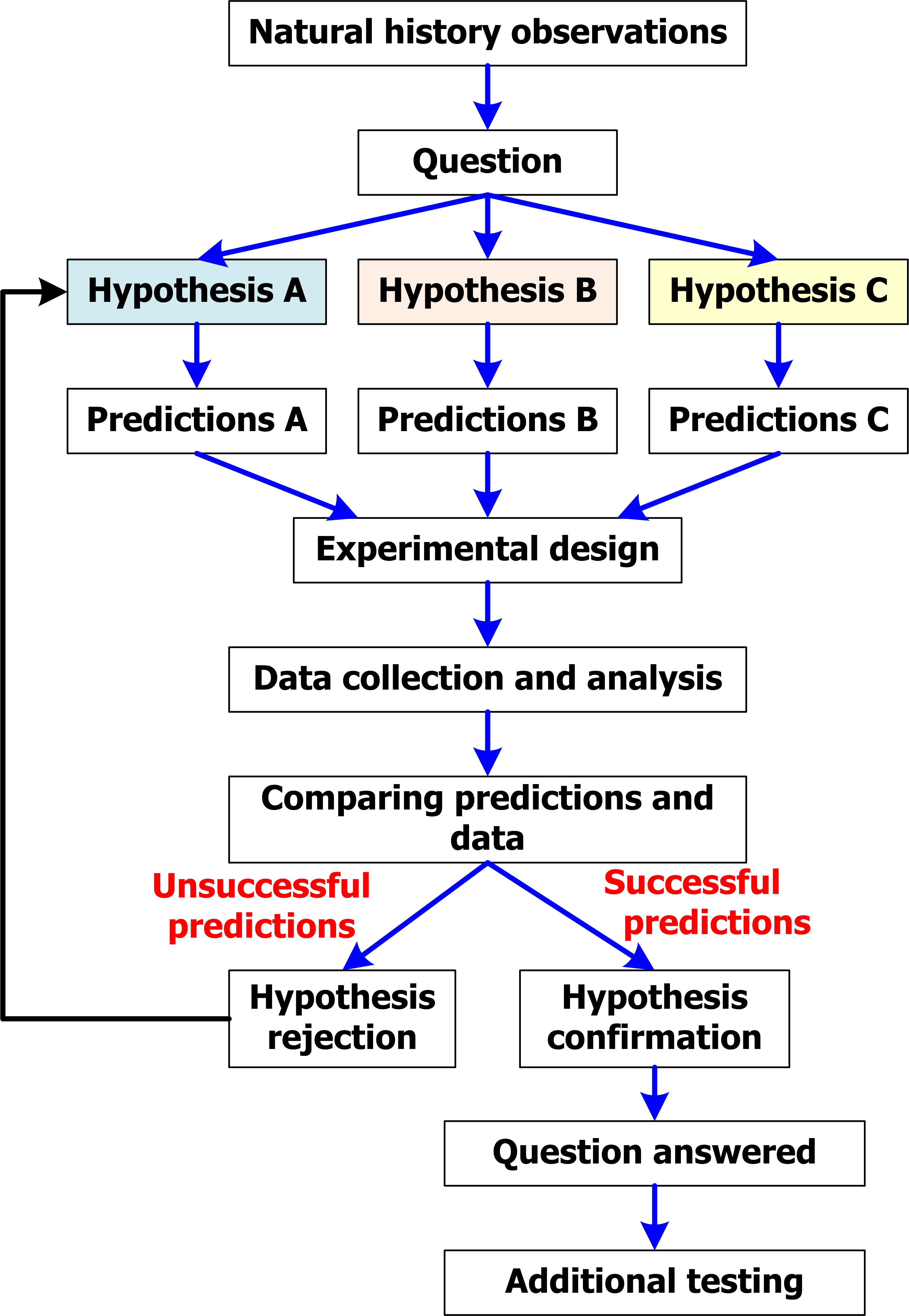John Lawton writing in 1999 about general laws in ecological studies stated:
“…. ecological patterns and the laws, rules and mechanisms that underpin them are contingent on the organisms involved, and their environment…. The contingency [due to different species’ attributes] becomes overwhelmingly complicated at intermediate scales, characteristic of community ecology, where there are a large number of case histories, and very little other than weak, fuzzy generalizations….. To discover general patterns, laws and rules in nature, ecology may need to pay less attention to the ‘middle ground’ of community ecology, relying less on reductionism and experimental manipulation, but increasing research efforts into macroecology.” (Lawton 1999, page 177)
There are two generalizations here to consider: first that macroecology is the way forward, and second that community ecology is a difficult area that can lead only to fuzzy generalizations. I will leave the macroecology issue to later, and concentrate on the idea that community ecology can never develop general laws.
The last 15 years of ecological research has partly justified Lawton’s skepticism because progress in community ecology has largely rested on local studies and local generalizations. One illustration of the difficulty of devising generalities is the controversy over the intermediate disturbance hypothesis (Schwilk, Keeley & Bond 1997; Wilkinson 1999; Fox 2013a; Fox 2013b; Kershaw & Mallik 2013; Sheil & Burslem 2013). In their recent review Kershaw and Mallik (2013) concluded that confirmation of the intermediate disturbance hypothesis for all studies was around 20%. For terrestrial ecosystems only, support was about 50%. What should we do with hypotheses that fail as often as succeed? That is perhaps a key question in community ecology. Kershaw and Mallik (2013) adopt the approach that states that the intermediate disturbance hypothesis will apply only to grassland communities of moderate productivity. The details here are not important, the strategy of limiting a supposedly general hypothesis to a small set of communities is critical. We are back to the issue of generality. It is certainly progress to set limits on particular hypotheses, but it does leave the land managers hanging. Kershaw and Mallik (2013) state that the rationale for current forest harvesting models in the boreal forest relies on the intermediate disturbance hypothesis being correct for this ecosystem. Does this matter or not? I am not sure.
Prins and Gordon (2014) evaluated a whole series of hypotheses that represented the conventional wisdom in community ecology and concluded that much of what is accepted as well supported community ecological theory has only limited support. If this is accepted (and Simberloff (2014) does not accept it) we are left in an era of chaos in which practical ecosystem management has few clear models for how to proceed unless studies are available at the local level.
Should we conclude that community ecology is impossible? Certainly not, but it may be much more difficult than our simple models suggest, and the results of studies may be more local in application than our current general overarching theories like the intermediate disturbance hypothesis.
The devil is in the details again, and the most successful community ecological studies have essentially been population ecology studies writ large for the major species in the community. Evolution rears its ugly head to confound generalization. There is not, for example, a generalized large mammal predator in every community, and the species of predators that have evolved on different continents do not all follow the same ecological rules. Ecology may be more local than we would like to believe. Perhaps Lawton (1999) was right about community ecology.
Fox, J.W. (2013a) The intermediate disturbance hypothesis is broadly defined, substantive issues are key: a reply to Sheil and Burslem. Trends in Ecology & Evolution, 28, 572-573.
Fox, J.W. (2013b) The intermediate disturbance hypothesis should be abandoned. Trends in Ecology & Evolution, 28, 86-92.
Kershaw, H.M. & Mallik, A.U. (2013) Predicting plant diversity response to disturbance: Applicability of the Intermediate Disturbance Hypothesis and Mass Ratio Hypothesis. Critical Reviews in Plant Sciences, 32, 383-395.
Lawton, J.H. (1999) Are there general laws in ecology? Oikos, 84, 177-192.
Prins, H.H.T. & Gordon, I.J. (eds.) (2014) Invasion Biology and Ecological Theory: Insights from a Continent in Transformation. Cambridge University Press, Cambridge. 540 pp.
Schwilk, D.W., Keeley, J.E. & Bond, W.J. (1997) The intermediate disturbance hypothesis does not explain fire and diversity pattern in fynbos. Plant Ecology, 132, 77-84.
Sheil, D. & Burslem, D.F.R.P. (2013) Defining and defending Connell’s intermediate disturbance hypothesis: a response to Fox. Trends in Ecology & Evolution, 28, 571-572.
Simberloff, D. (2014) Book Review: Herbert H. T. Prins and Iain J. Gordon (eds.): Invasion biology and ecological theory. Insights from a continent in transformation. Biological Invasions, 16, 2757-2759.
Wilkinson, D.M. (1999) The disturbing history of intermediate disturbance. Oikos, 84, 145-147.
